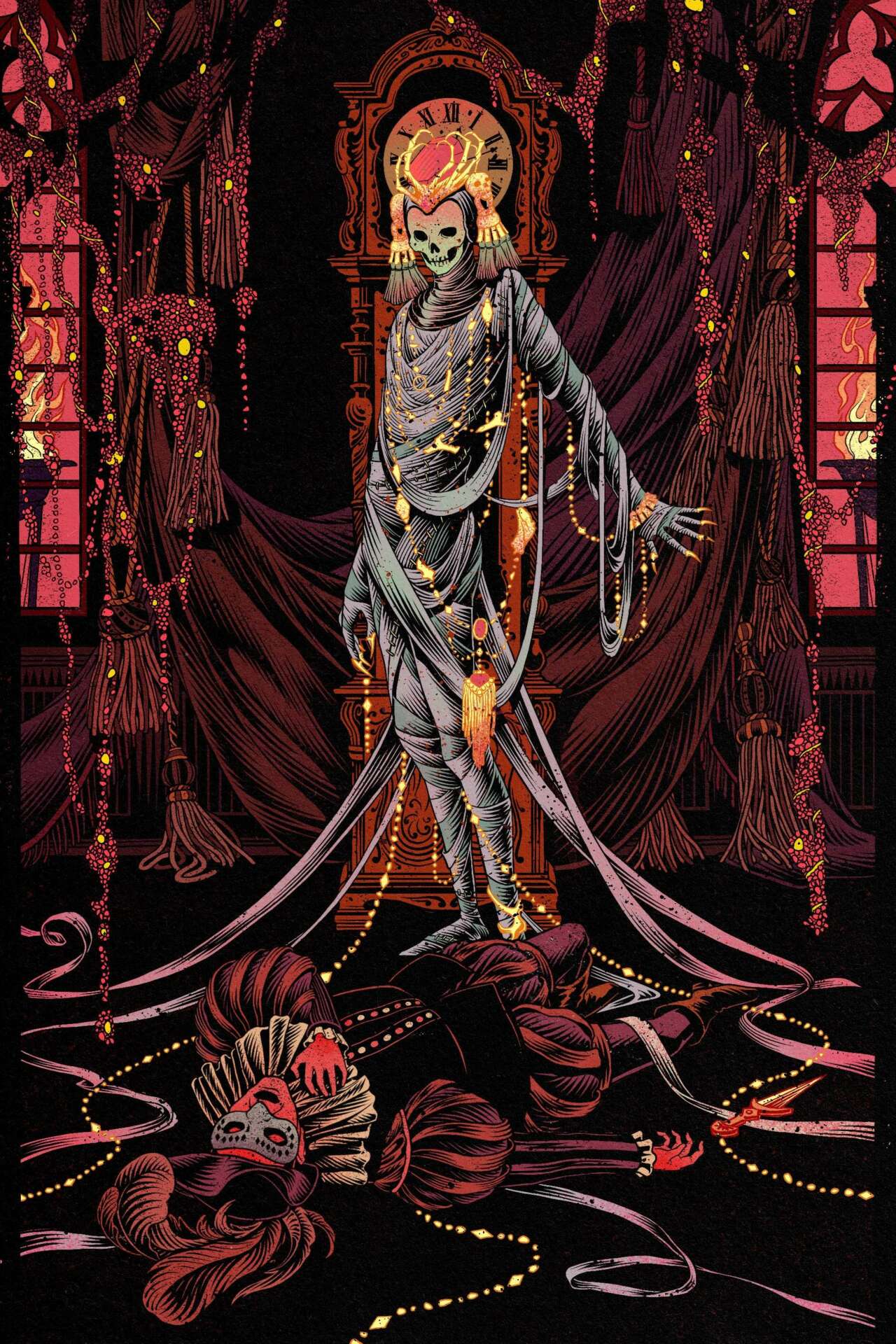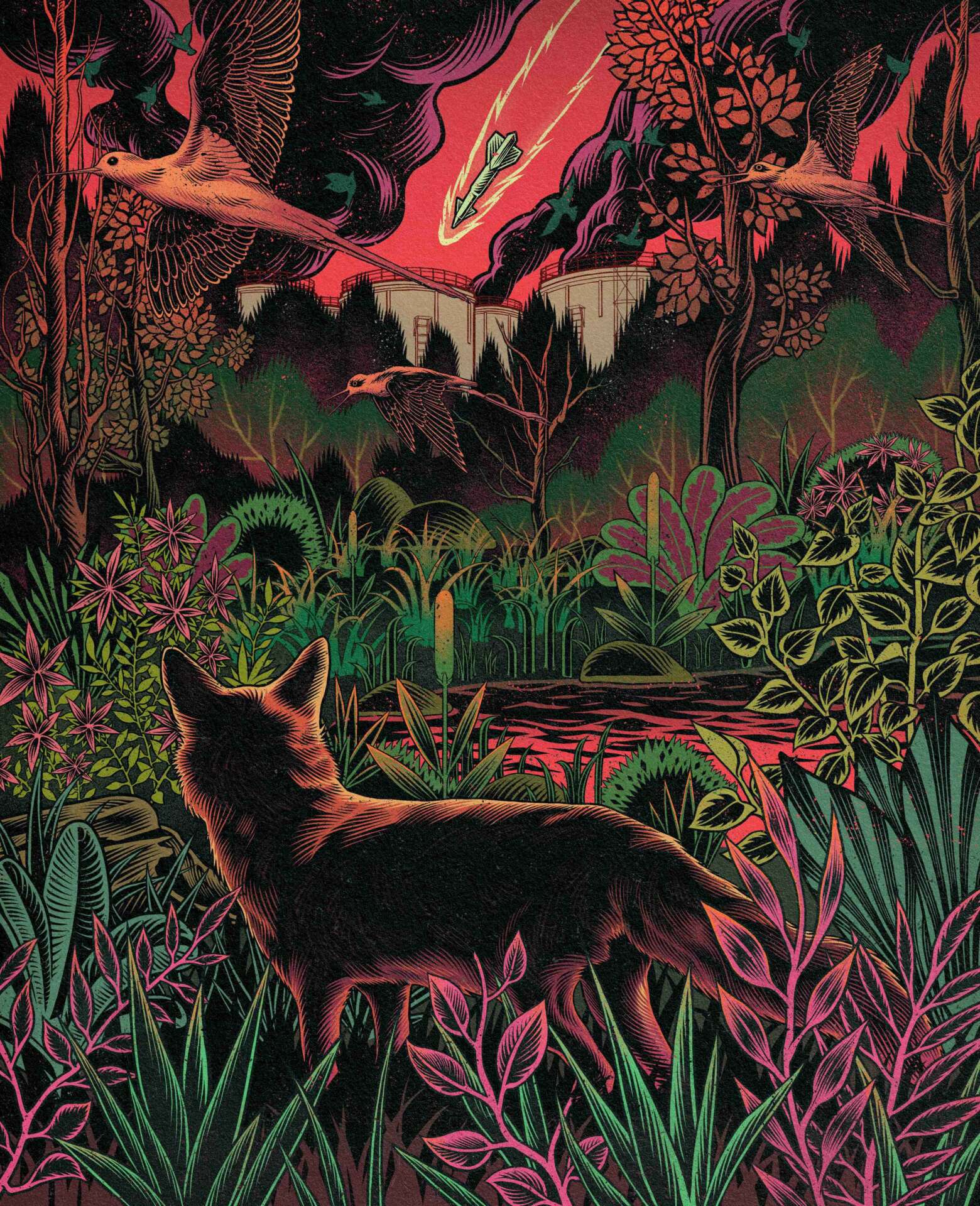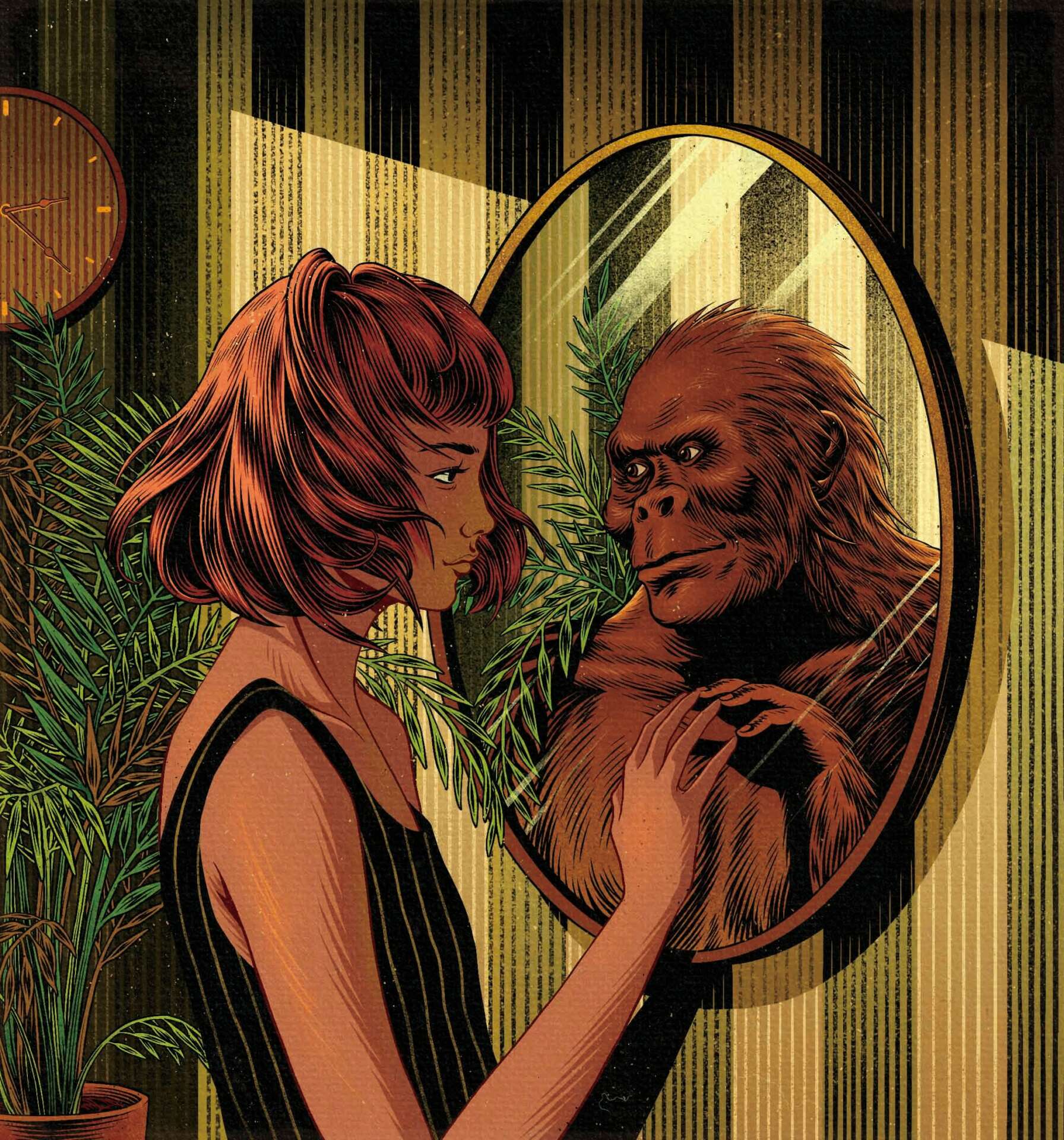We recently connected with Yiran Jia and have shared our conversation below.
Yiran, appreciate you joining us today. We’d love to hear about when you first realized that you wanted to pursue a creative path professionally.
When I was growing up, I always spent a lot of time drawing and I had been trained professionally. But I never thought of pursuing my career as a visual artist until I was 16 or 17 years old. I felt this anxiety about what I should do with my life about a year before I got into college. I was doing good at school but deep down I wasn’t happy about the idea of getting a “real ” job and sitting in an office. Besides, I have always been motivated to practice drawing and read art history. So, I thought maybe I should explore my potential more rather than think of art as a hobby.
Now I work as a freelance illustrator,Which is almost ten years later than I got the idea that I wanted to pursue my artistic path professionally. However, I choose Graphic Design as my major when I first got into college. The reason was being a designer didn’t sound overly idealistic to me. Study illustration in the US after my graduation was an adventure. I learned traditional techniques I never encountered before such as scratchboard, dip pen, and wood engraving. Combining the preciseness of Graphic design and the craftsmanship I learned from illustration, I’m finally ready to launch my career.




Yiran, love having you share your insights with us. Before we ask you more questions, maybe you can take a moment to introduce yourself to our readers who might have missed our earlier conversations?
I got into the industry through editorial illustration. Because working for magazines is fast-paced and there are a lot of opportunities for new talent. I started with studying and analysis works by the very best illustrators in the industry, to see what content they are good at and what market they targeted, what visual metaphor they come up with, how they visually communicate an idea effectively, and what technique and medium they mastered to make them can’t be replaced by other illustrators. I would say those very successful illustrators come up with their original solutions for every aspect of their works and make their style an integrated whole. Then I paralleled those aspects to my works and find out what is lacking and insufficient. I spent months trying to figure out how to improve my work and prepared a portfolio specifically for magazines.
My very first commission was a cover illustration for Nautilus which was a pretty big deal to me. I was commissioned to draw an illustration base on the cover story. It was about early humans and the world they lived in. The concept of the illustration was looking at early human in their natural environment, with a hint that as we change our environment, which is a reflection on our past, prologue to today. The art director/editor already had a clear idea that using a mirror as a visual metaphor to indicate the reflection of our ancestors. They gave me very detailed directions for this project. I merely conveyed the idea with my visual language. After my first commission, I have been keeping working on my portfolio, updating my works to magazines and I started to get more commissions from other magazines gradually. I mainly target topics like social problems, science, and culture. Overall, getting into one certain industry is a slow process for me and persistence is the key.
I do proud of the composition and line work in my illustrations. Since my background is Graphic Design, I tend to organize shapes and forms in my work first rather than subjective matters. I get inspiration from Designer A.M. Cassandre, Bauhaus, and Russian Avant Film posters a lot. A well-structured composition enables me to come up with eye-grabbing, strong images that works for cover art very well. Asides from design elements, craftsmanship makes up a large part of my work too. Before I came to US and studied Illustration, I already started working with lines but it’s very intuitional rather than intentional. As I mentioned previously, I learned about traditional techniques such as dip pen, scratchboard, and wood engraving in school. Even if those mediums are rarely used in commercial art nowadays, I still learned systematic knowledge about lines from them. My line work is mainly influenced by Durer, Franklin Booth, and Charles Burns. Working with magazines makes me keep an eye on what’s going on in the world and reflect my thoughts in my illustrations, which makes a nice contrast with my traditional, engraving line technique. My style and visual language did help me to attract some clients in the current stage of my career. But I still need to keep pushing it.
Are there any books, videos or other content that you feel have meaningfully impacted your thinking?
I watched the documentary series Abstract: The Art of Design lately. It highlighted many great illustrators, designers, and architects. Everyone’s career path and design philosophy are very inspiring even though they are from very different industries. Especially stage designer Es Delvin, the way she uses scale, perspective, and space on stage metaphorically and conceptually can be paralleled to illustration as well. Cause when I was doing narrative storytelling works like book illustration, I only focus on what’s the time period and cultural background of the story, what costume people probably wear, what’s the environment they are in, which are very basic aspects. And after that, I only explore how can I organize those aspects to fit in one narrative image, which maybe resembles a terrible stage design in some way. However, in Es Delvin’s work, for instance, she always put a city model on the wall in a stage design rather than on the floor, because we can perceive the system and history of a city when we look down on it, which serves a great overall picture of where the story is happening and what the historical background is. I just find it mind-opening. In the future, I will train myself to think about the meaning of context itself in a story rather than just tell a story through environmental sets and costumes.




What do you think is the goal or mission that drives your creative journey?
I never think illustration can solve any real-life problems or it’s for educational purposes. But I do think those good illustrations for mass print especially, are provoking, which can force the audience to feel, to think. I also like to think it works as a dark joke, like some works by Yuko Shimizu, Banksy’s work, and Toilet Paper Magazine, they can just make the audience crack a laugh at the first glance. I think those works can communicate very serious political and social problems to the audience effectively. Working with magazines will inevitably make me deal with social issues in my work and I feel like my work is lacking that quality and effectiveness when it comes to communicating an idea. So, improving my work might be my recent goal.
Contact Info:
- Website: https://www.yiranjiaart.com
- Instagram: yiranjia.illustration


